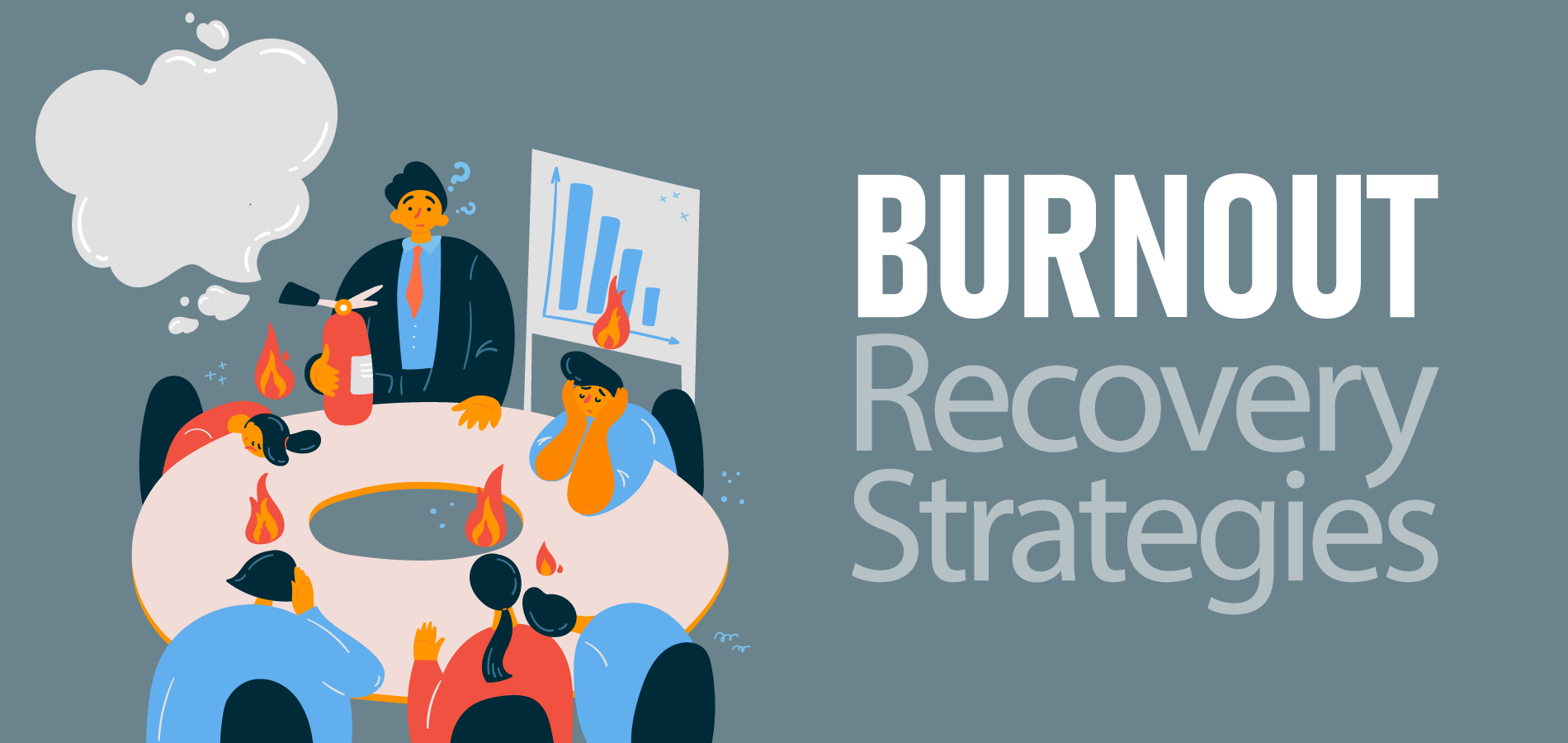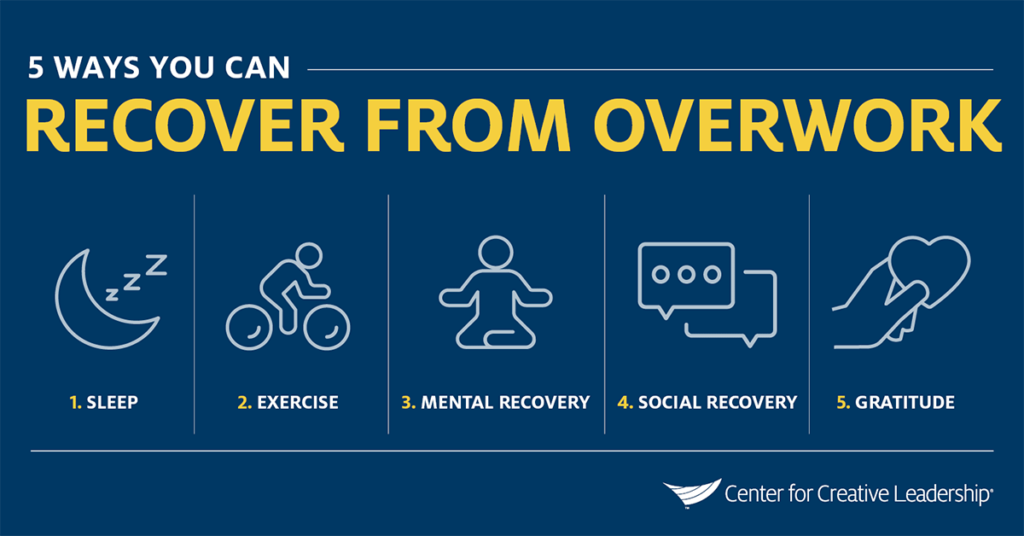A day without meetings
According to a survey conducted by the training platform MindEdge Learning in conjunction with the American Institute of Personnel Certification, 80% of HRs report that burnout has increased during the pandemic. At the same time, 38% of respondents said their organizations have not taken any steps to address this problem.
With employee burnout at an all-time high, companies are left in uncharted territory. After reviewing materials from Forbes, HR executive, Flexjobs, we have selected 5 practices that you can add to your toolbox to prevent burnout.
Since the beginning of the pandemic, most employees switched to remote work, and as a result, the number of online rallies and messages in messengers has increased several times. According to a Stanford University study, streams of virtual meetings, one after the other, day after day, lead to “chronic Zoom fatigue” and reduced productivity.
“This can be draining. People spend a lot of time making calls at Zoom – it’s a different type of focus and energy than in the office, ”says Robin White, Chief Human Resources and Culture Officer at Mailchimp.
A “no-meeting day” is most often one day every week when team members lock their calendar to include appointments and calls. The idea is to take the necessary break from the flow of video conferencing and focus on deep work tasks. This helps make regular meetings during the rest of the week more focused, effective and focused.
Practitioner: Facebook, Asana, Mailchimp, Boost, Podium tech startup.

# 2. 4-day work week
A survey of UK labor unions by Prospect found that more than 30% of telecommuters have difficulty disconnecting from work during a pandemic. The same number of people work more unpaid hours than in the pre-Covid-19 period. According to a global study by Atlassian, the average work time increased by 30 minutes per day in 2020 compared to 2019.
A 4-day work week can allow you to better focus on tasks and add a free weekday to rest and deal with personal issues. In a study by the SimpleTexting team, 80% of respondents say, that the pandemic has increased their desire to work 4 days a week, and 98% are confident that it will improve their mental health.
A recent poll by job search portal Joblist of 2,346 respondents confirmed that the 4-day week is extremely popular with employees. 94% said they find the practice useful, 86% would support it in their current job, and 28% would even agree to a pay cut in exchange for a 4-day work week.
Who is practicing
During the first lockdown, British publisher Target Publishing was forced to cut staff salaries, but introduced a 4-day week as a sign of support. To the surprise of Target founder and owner David Kann, staff performed even better than the 5-day schedule. As the company stabilized, Cannes was able to restore employee salaries while maintaining a 4-day work week.
In June 2021, crowdfunding platform Kickstarter announced the introduction of a 4-day chart pilot practice, starting in 2022. “Kickstarter has a long history of thoughtful workplace design. As we build a flexible future, we see the 4-day workweek experience as an extension of that spirit and intention, ”said Aziz Hasan, CEO of Kickstarter.
# 3. Sabbatical
According to the US Bureau of Labor Statistics, a record 4.3 million employees quit in August 2021, a continuation of the so-called Great Retirement. The cumulative effect of stress, fatigue and burnout has led to the largest wave of layoffs since the Great Depression. To support employees, companies are proactive.
It all started with extra time for rest. To combat employee burnout in the midst of a pandemic, businesses offered impromptu weekends or “spontaneous holidays.” Some companies like LinkedIn, Nike and dating site Bumble gave each team member an extra week off this summer.

But the growing number of depleted employees has prompted employers to go even further and offer people sabbatical.
By providing sabbatical leave lasting from a month or more, companies give employees the opportunity to escape from their daily work, devote time to an interesting project or engage in self-development.
Who is practicing
From January 2022, the American bank Synchrony Financial will provide its employees with the opportunity to take creative vacations for up to 1 year with a reduced pay.
“We’re not going to be limited to words of concern or traditional vacations. People need time for various reasons: rest, recovery, self-realization, solving personal issues. And we’re giving employees that time so they don’t waste them later, ”said Aaron Brown, Senior Vice President, Synchrony Financial.
Synchrony’s announcement follows initiatives from international corporations such as Citigroup and PwC. The first, from January 2021, began to provide a 12-week sabbatical leave for employees with a work experience of 5 years or more and retaining 25% of the base salary. The second one makes it possible to take a break from 1 to 6 months with a payment of 20%.
# 4. Mental health days and mental support programs
In a pandemic, more and more companies began to take care of the psychological state of their employees. 53% of 256 employers surveyed by the National Health Buyers Alliance have launched special programs for emotional and mental support.
For example, the opportunity to take a day off as part of a “mental health day.” It is usually used when a person feels depressed or just needs to temporarily step back from their duties and allow themselves to recover. In addition, some companies are introducing Mental Health Day for all employees as part of their corporate culture.
The number of organizations providing psychological assistance to their employees is growing. But there are still not enough of them, according to a McKinsey report, with only 1 in 6 employees reporting employer support. Companies need to continue to make efforts to make people feel heard. Otherwise, businesses may lose their best employees.
Who is practicing
In the summer of 2020, Electric announced that all staff will go off on the first Friday of every month for Mental Health and Wellness Day. Taking time off means that work does not accumulate while you are not busy. It removes the fear of missing out and helps you focus on mental health.
Every Starbucks employee and family member will be able to take 20 free sessions a year with a psychotherapist or coach through Lyra Health. More than 220,000 American workers and their families will be affected by the benefits, according to Ron Crawford, vice president of Starbucks.
And Target chain of stores invites its employees to use online resources to support mental, emotional and physical health. Workers will get a year of access to Daylight, an app that helps them manage stress and anxiety.
# 5. Best-Self Time
One of the most effective ways to make people feel more creative, productive and motivated is to give them some freedom and some personal time.
In a Gartner study, 43% of respondents said flexible work hours helped them perform better. And according to an EY survey, more than half of employees worldwide would have left their jobs if they had not been given post-pandemic flexibility.
Best-Self Time is designed to support team members in their personal growth: this is a regular time devoted to self-realization, development or relaxation. For example, last 2-3 hours of a work week or flexible hours on Friday.
Would you like to receive a digest of articles?
One letter with the best materials per week. Subscribe not to miss anything.
Thanks for your subscription!

Who is practicing
Front technology startup and customer communication platform has been running an experiment called “Flexible Fridays” for half a year. All Front employees were allowed to choose what to do each Friday without conflicts with scheduled internal meetings. Team members are encouraged to act mindfully: they can use the day to catch up, get some work done, spend time with their family, or take care of personal affairs. Employees are not expected to be online, according to Matilda Collin, CEO and co-founder of Front.
The company has found that people use the day for a variety of things. While most team members were expected to take a full day off each week, the experiment showed the opposite. According to Front:
- slightly less than 44% of employees combine work and personal affairs on Friday
- 44.4% work on Friday like a normal business day
- about 4% use this time for personal or family matters
- 7.6% take a day off on Friday
Even with free choice, 95% of employees say they have not noticed any impact on interactions with colleagues, and 89% say they are happy at work thanks to Flexible Friday.
Would you like to receive a digest of articles?
One letter with the best materials per week. Subscribe not to miss anything.
Thank you for subscribing!
